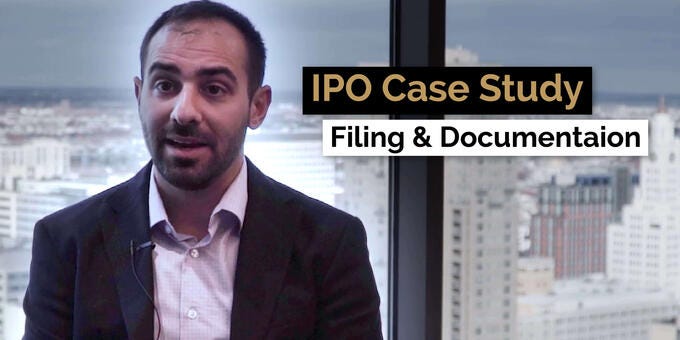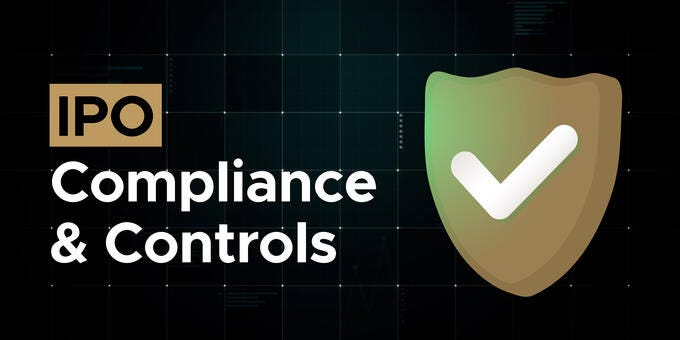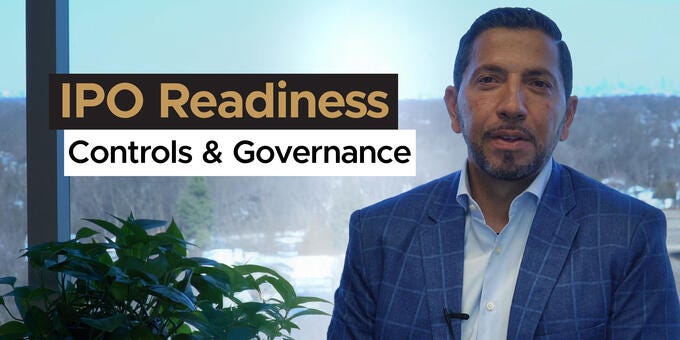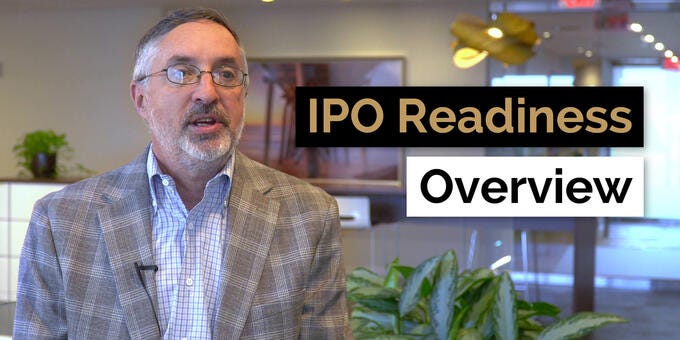
Accounting and Reporting Considerations for Going Public
- Published
- May 15, 2025
- Topics
- Share
Appointing an Independent Audit Firm
A public company’s financial statements, including those included in the initial registration statements, are required to be audited by a firm registered with the PCAOB. This is a very important first step if you are contemplating an IPO, especially when you are also contemplating a change in auditors. Ample time should be given to the new auditors for their review of the predecessor auditor’s work papers and for performing their opening balance sheet procedures. Prior-year financial statements that were audited under the American Institute of Certified Public Accountants (AICPA) standards would need to be upgraded to PCAOB standards; in some instances, this may require full-blown audits by PCAOB auditors.
Determining Your Filer Status
This is very critical as it frames the scope of your IPO requirements from the outset and helps avoid unnecessary rework costs. Your filing status drives the accounting and reporting requirements outlined in your Registration Statement. For example, if you qualify for the Emerging Growth Company (EGC) status, you will only be required to present two years of financial statements. Auditor attestation on internal control (SOX 404b) can be deferred as long as your company continues to be an EGC for up to five years. If you are a foreign company and meet certain conditions, you may qualify as a foreign private issuer (FPI) and report under foreign Generally Accepted Accounting Principles (GAAP) (e.g., International Financial Reporting Standards, or IFRS).
Structuring Post-IPO
This has an impact on your presentation and other disclosures on the post-IPO financial statements. Prior to IPOs, many companies are organized as pass-through entities, such as limited liabilities companies (LLPs) or limited liability partnerships (LLPs). They will need to convert to a C-Corp prior to their IPOs. This type of change in equity structure will require careful analysis to determine whether the rights of shareholders in each share class have changed, how the new legal structure should be presented in the financial statements —either prospectively or retrospectively —and the impact on the company's tax status and related tax accounting.
Scoping Assessment of Past Transactions
If the PCAOB audit involves multiple years, your team may need to compile all prior accounting memos and policies and refresh some of the existing accounting positions. This process may also require writing new accounting memos to address newly issued accounting standards or to support complex transactions and significant positions in the past that were not previously robustly documented. You will also need to unwind any private company council (PCC) elections that have been made, etc. Many have underestimated the efforts needed for this process.
Understanding Public Company Reporting Requirements
These are areas that often surprise many in how long it takes to analyze, gather data and ultimately disclosure on the financial statements. Using segment reporting as an example, a company would need to consider who the Chief Operating Decision Maker (CODM) is, identify its operating segments, and determine the data reviewed by the CODM, among other considerations. With the new disclosure requirement for public companies, particularly those with more than one operating segment, robust disclosures would be required. It is also important to note that your segment reporting should be consistent across the management discussion and analysis (MD&A), audited financial statements, and any previously presented information in your investor presentations, among others.
Auditor Hot Topics: Consolidation and Business Combinations
For consolidation, owning the majority or 100% of an entity's interests does not automatically result in consolidation; it depends on the entity type, voting rights, governance structure, and other side agreements, among other factors. For companies with a complex corporate structure, the analysis takes time as it involves searching for historical formation agreements from your archives, reviewing them, and then documenting your conclusions on the consolidation using the appropriate consolidation model (voting or variable interest (VIE). If it is under the VIE model, a robust disclosure would also need to be made on your financials.
For business combinations, especially in instances where the route to going public will be consummated via a reverse acquisition, it is critical to determine who the accounting acquiror is (a legal acquiree may turn out to be the accounting acquiror). The presentation requirements are different for a reverse acquisition as opposed to a traditional acquisition.
There are also many other hot topics, such as debt and equity financing events (including preferred stock) and share-based compensation arrangements, that companies must consider and substantiate to support their accounting positions.
Ready to Take the Next Step in Your IPO Journey?
Preparing for an IPO can be complex and challenging, but you don't have to navigate it alone. Contact us today to learn more about our IPO readiness services and how we can support your company's successful transition to a public entity.

Guide to IPO Readiness |
What's on Your Mind?
Start a conversation with the team













